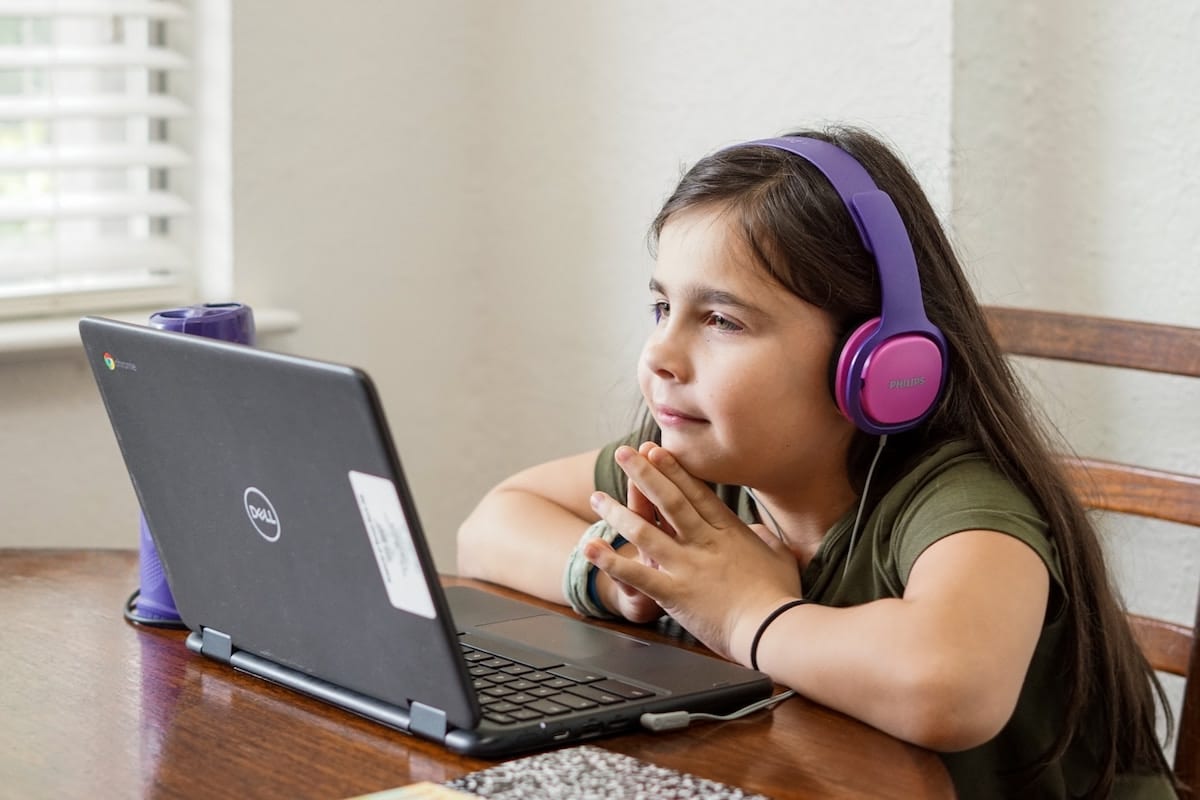Table of Contents
In today’s digital age, technology has become an integral part of our lives, including the lives of our children. As parents, navigating the delicate balance between screen time and productivity for our busy kids is a challenge that requires careful consideration and effective strategies. With children engaging in online learning, entertainment, and social interactions through a variety of devices, finding the right equilibrium between screen time and activities that promote their overall development has become a top priority. In this article, we will delve into a range of strategies to help parents strike this balance, ensuring that their children’s digital experiences contribute positively to their growth and well-being.
Understanding the Importance of Balance
In an era where screens are omnipresent, understanding the importance of balanced screen time is crucial. Excessive screen exposure can lead to a range of issues, including disrupted sleep patterns, decreased physical activity, and potential cognitive challenges. As parents, it’s our responsibility to guide our children in managing their screen time effectively to mitigate these risks.
Setting Clear Boundaries
Establishing clear boundaries around screen time is essential. By setting specific time limits for recreational screen use, educational activities, and other tasks, parents can prevent the pitfalls of excessive screen indulgence. These boundaries provide structure while also allowing children to engage with technology in a controlled manner.
Incorporating Finance learning
When discussing screen time, it’s also pertinent to introduce the concept of managing finances in a digital era. Introducing your child to the best kids bank card can foster financial literacy and responsible spending habits.Busy Kid is a great choice for anyone who wants to teach their kids about finance with a handy app.
Promoting Productive Screen Time
Not all screen time is created equal. Introducing children to educational apps, interactive online courses, and creative platforms can transform their screen time into a productive and enriching experience. As parents, we can curate a selection of high-quality apps and platforms that align with our children’s interests and learning goals.
Encouraging Physical Activities
Balancing screen time with physical activity is essential for the overall well-being of our children. Encouraging outdoor play, sports, and other physical activities can counteract the sedentary nature of screen time. Whether it’s a game of catch or a family hike, these activities contribute to a well-rounded lifestyle.
Fostering Creative Playtime
Unstructured play is a powerful tool for fostering creativity and imagination. Providing children with art supplies, puzzles, and board games can offer an alternative to screen-based entertainment. Creative playtime allows children to explore their interests and express themselves freely.
Creating a Tech-Free Zone
Designating specific areas in our homes as tech-free zones can have a positive impact on family dynamics. Spaces such as the dining area or bedrooms can be designated as screen-free zones, promoting face-to-face interactions and ensuring quality sleep.
Monitoring and Tracking Screen Time
Leveraging parental control apps and features can help us monitor and manage our children’s screen time effectively. These tools offer insights into our children’s digital habits, allowing us to make informed decisions about their screen usage and ensure a healthy balance.
Engaging in Tech Activities Together
As parents, we have the opportunity to participate in tech-related activities alongside our children. This not only strengthens the parent-child bond but also enables us to guide them toward worthwhile online content. Exploring educational websites or collaborating on creative projects can be both enjoyable and educational.
Exploring Educational Apps and Games
The digital landscape offers a wealth of educational apps and games that cater to various interests and learning styles. By introducing our children to these resources, we can transform screen time into a valuable learning experience, enhancing their knowledge and skills. All from GPS watches to Ipads, everything can be a tool!
Teaching Time Management Skills
Time management is a crucial life skill that can be cultivated through balanced scheduling. By involving children in creating schedules that encompass study time, physical activities, and leisure, parents can instill effective time management habits.
Encouraging Social Interactions
Healthy development involves more than just screen time. Encouraging our children to engage in real-world social interactions is essential. Organizing playdates, enrolling them in team sports, or participating in group activities can nurture their social skills.
Modeling Healthy Tech Habits
Children often emulate the behavior of their parents. By modeling a balanced approach to technology, parents can set a positive example for their children. Demonstrating responsible screen usage and healthy boundaries can leave a lasting impression.
Dealing with Resistance and Negotiating
Children may resist adhering to screen time restrictions. Engaging in open conversations, explaining the rationale behind the rules, and involving children in decision-making can help mitigate resistance. Negotiation within reasonable limits can also foster a sense of autonomy.
Evaluating and Adjusting Strategies
Children’s needs and preferences evolve over time. Regularly evaluating the effectiveness of our strategies and adapting them to align with our children’s growth ensures that the balance between screen time and productivity remains relevant and effective.
Conclusion
In a world where technology shapes our daily lives, maintaining a balance between screen time and productive activities is a dynamic challenge. By setting clear boundaries, fostering productive screen time, encouraging physical activities, nurturing creativity, and modeling healthy tech habits, parents can guide their busy kids towards a well-rounded lifestyle in the digital age.
The journey towards a balanced digital life is ongoing and requires adaptability. As parents, embracing this journey and implementing effective strategies can help us create a harmonious coexistence between technology and productivity, ensuring our children’s holistic growth and development.


